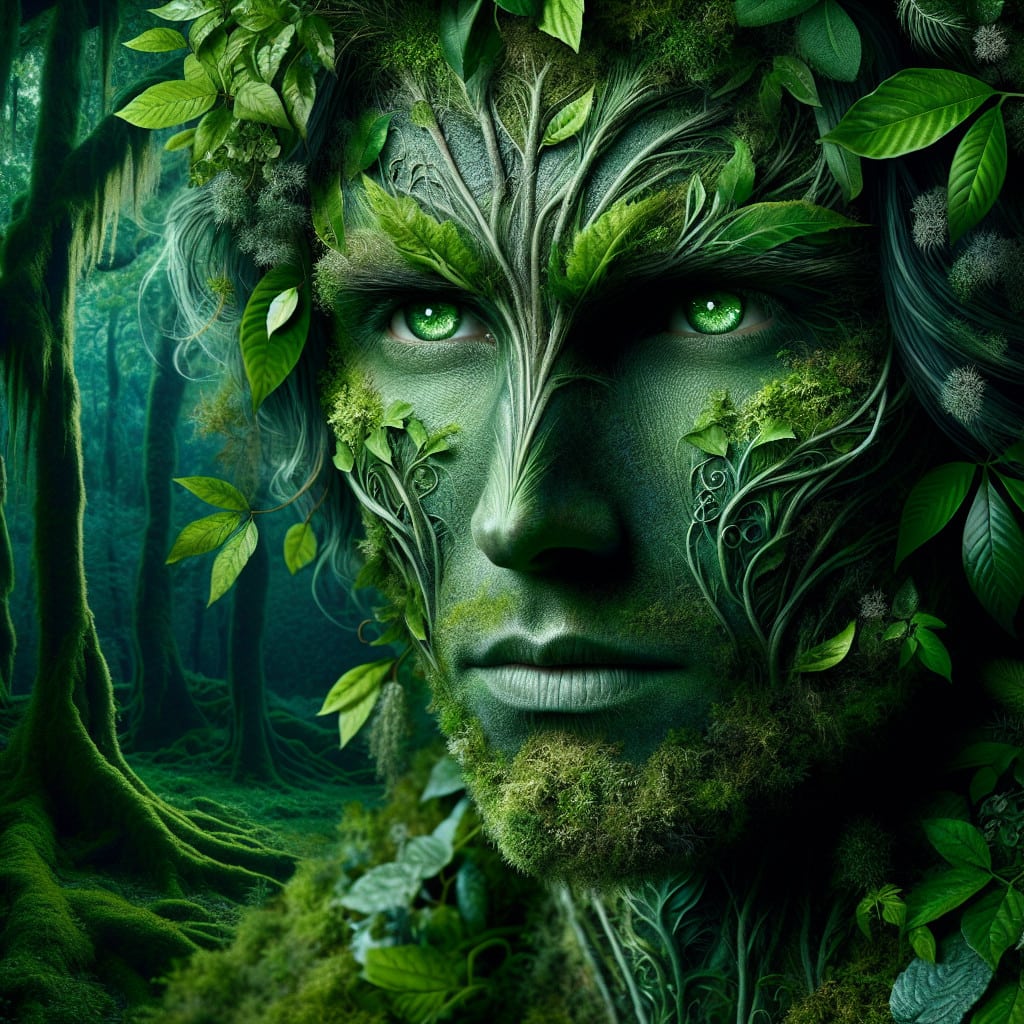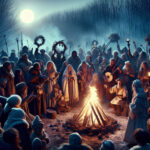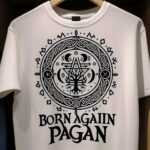The Green Man is an ancient symbol that has been represented in many cultures and religions throughout history, from pre-Christian Paganism to Christianity. The Green Man is often seen as a symbol of rebirth, fertility, and life and is closely associated with nature and the environment. In this article, we will explore the history of the Green Man and its meaning in different cultures and religions. We will also examine the many forms the Green Man has taken over the centuries and the impact it has had on modern culture.
The Green Man, sometimes referred to as the Pagan Green Man, is an ancient symbol of nature, fertility, and rebirth that can be found in many cultures and religions around the world. The Green Man is often depicted as a man’s face surrounded by foliage, vines, and flowers, and is believed to represent the cycle of life and death.
What is the Green Man?
The Green Man is an ancient symbol of nature and fertility, associated with the cycle of life and death. It is believed to represent the cycle of seasons and the relationship between humans and nature. The Green Man is often depicted as a man’s face surrounded by foliage, vines, and flowers, and is seen in many cultures and religions around the world.
The Green Man is believed to be a symbol of rebirth and renewal, a reminder that life is cyclical and that we are all connected to the natural world. The Green Man is also associated with the Horned God, a symbol of masculinity and fertility.
Where did the Green Man come from?
The Green Man has been around for centuries, though its origin is uncertain. It is believed that the Green Man was originally a Celtic or Germanic deity, and that the symbol of the Green Man was adopted by the Romans and spread throughout Europe.
The Green Man is also found in ancient Egyptian, Greek, and Persian cultures, and is often associated with deities of nature and fertility. In Christianity, the Green Man is associated with Jesus and is seen as a symbol of resurrection and rebirth.
What is the Pagan Green Man?
The Pagan Green Man is a symbol of nature and fertility that is often associated with the Wiccan and Pagan faiths. The Pagan Green Man is seen as a symbol of renewal, rebirth, and the cycle of life and death. The Pagan Green Man is often depicted in art and literature as a male figure with foliage and vines encircling his face.
The Pagan Green Man is associated with the Horned God, a symbol of masculinity, fertility, and power. In some traditions, the Pagan Green Man is also associated with the Triple Goddess, a symbol of the three stages of womanhood: maiden, mother, and crone.
What is the significance of the Green Man?
The Green Man is a reminder of our connection to nature and the cycle of life and death. The Green Man is a symbol of renewal, rebirth, and fertility, and is a reminder that life is cyclical and that we are all connected to the natural world. The Green Man is also associated with deities of nature and fertility, and is seen as a symbol of masculinity and power.
The Pagan Green Man is a powerful symbol of nature and fertility that is often associated with the Wiccan and Pagan faiths. The Pagan Green Man is seen as a symbol of renewal, rebirth, and the cycle of life and death, and is a reminder of our connection to the natural world.
The Pagan Green Man is an important symbol of nature and the cycle of life. It is a reminder of our connection to the natural world and to the ancient pagan traditions that have been passed down through the ages. It is a powerful representation of the power of nature and the importance of respecting it. By understanding and honoring the Pagan Green Man, we can strengthen our connection to the natural world and to our ancient roots. In doing so, we can ensure that we continue to honor and protect the environment and the sacred traditions of the past.





